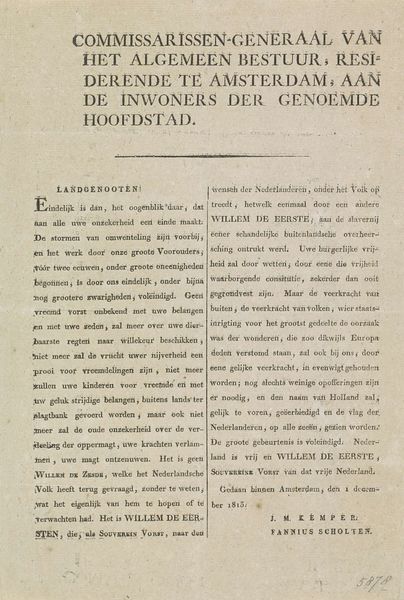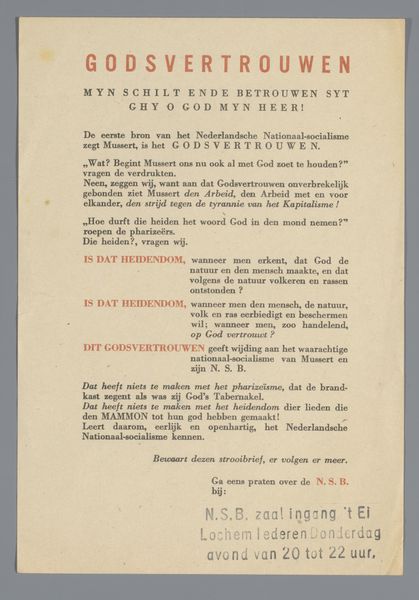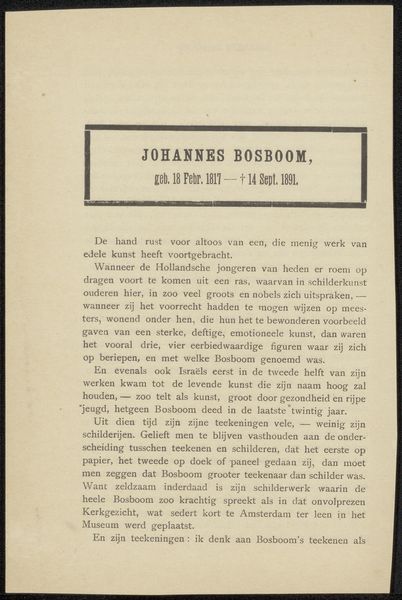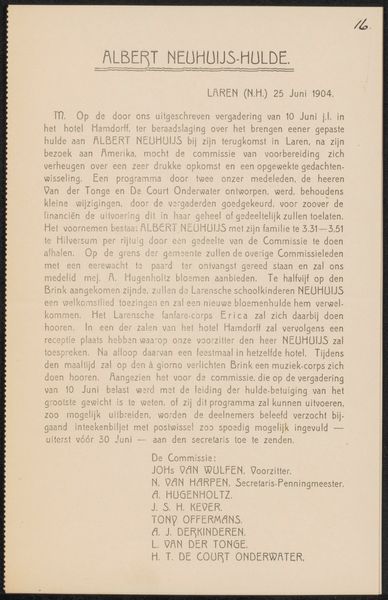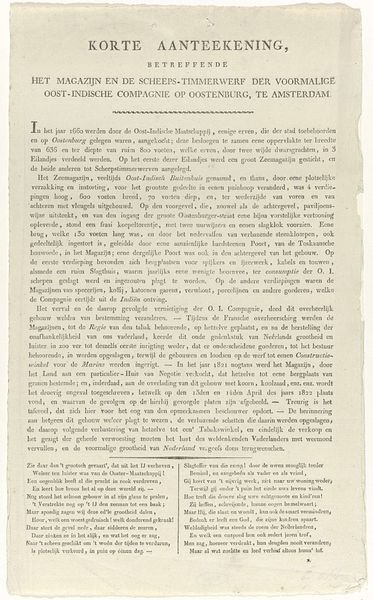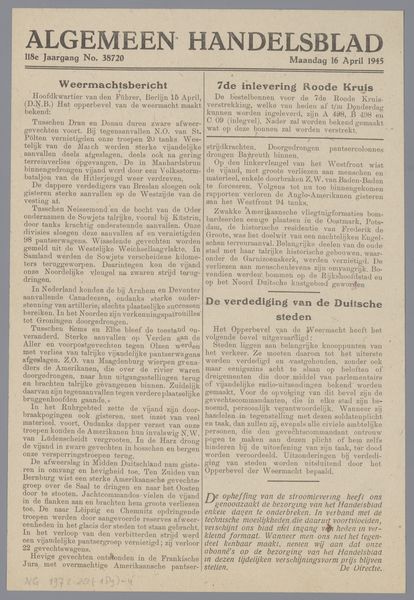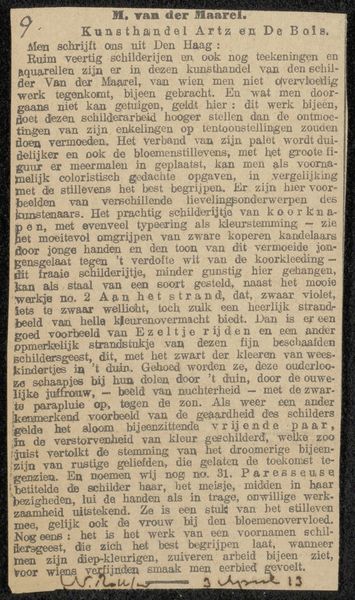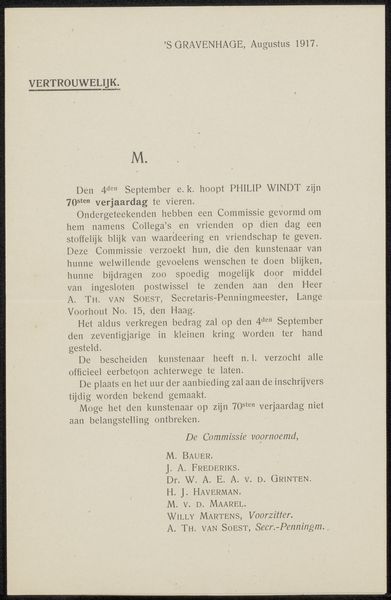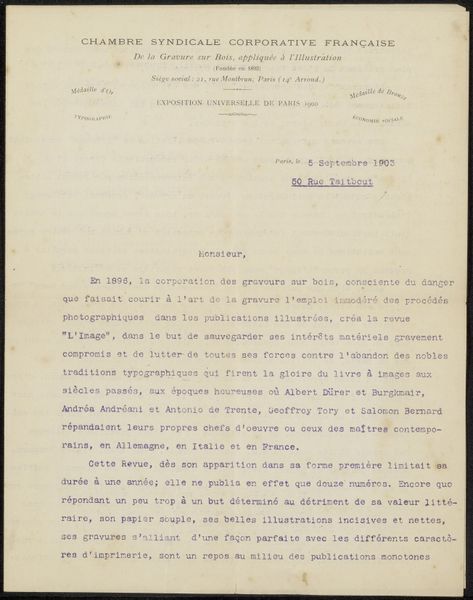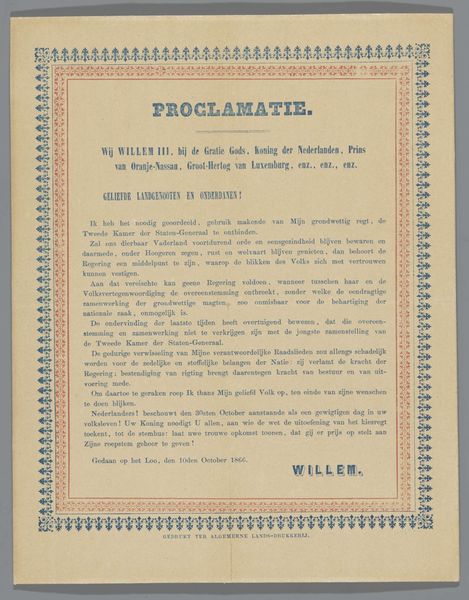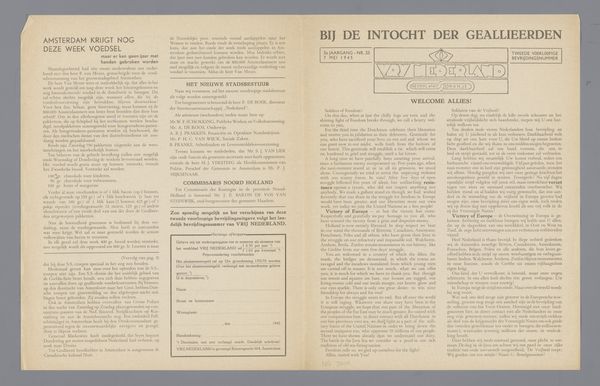
graphic-art, print, paper, poster
#
graphic-art
# print
#
paper
#
poster
Dimensions: height 21.5 cm, width 15.1 cm
Copyright: Rijks Museum: Open Domain
Curator: This striking broadside, titled "Broodrantsoen en Broodbons," translates to "Bread Ration and Bread Coupons," from the period of 1914 to 1918, preserved in the Rijksmuseum's collection. Editor: Bleak. That’s the immediate word that springs to mind. Something about the austerity of the text, crammed onto what must have felt like a huge void in people’s daily lives, makes it profoundly unsettling. Is it a particularly large piece, format-wise? Curator: It’s a poster, so designed for public display. The Gemeentebestuur van Amsterdam, the Amsterdam city government, created this print to convey rules and limitations on bread during wartime. Editor: Ah, the Gemeentebestuur. Let’s not forget their role as more than neutral administrators. It’s critical to see this "poster" not as a passive piece of information but as a form of governance itself – a carefully constructed message imposing restrictions, shaping behavior, and exercising power. What materials would they be using, given the era and the privations it portrays? Curator: Yes, it's not just informative; it’s persuasive. The piece is printed on paper, which seems humble enough but suggests a certain calculated disposability, intended for the masses during a period defined by shortages. It emphasizes graphic art—specifically, the power of easily reproducible words meant for widespread consumption. The density of the text seems almost weaponized, intended to overwhelm potential resistance through sheer volume. Editor: Absolutely. Consider the process – the setting of type, the labor involved in printing and distributing. This wasn’t a spontaneous act, but a calculated use of resources to manage public behavior and ensure the flow of resources during wartime. Bread might seem mundane, but examining such ordinary materials reveals deeper structures of social control and material scarcity. Even something like the choice of font becomes an active decision, broadcasting authority with every character. Curator: I suppose that, to me, beyond that clinical assessment of purpose, it encapsulates the communal stress of wartime—the underlying fear beneath bureaucratic decrees, visible between those printed lines of text, echoing today as societies still depend on the management of access to daily needs. It's all those lives pressing up against imposed boundaries that it represents, just wanting their daily bread. Editor: I agree – seeing how even the simplest elements like bread can be political is important and also it’s fascinating to explore what the material processes behind seemingly basic objects reveal about power dynamics, now as much as then.
Comments
No comments
Be the first to comment and join the conversation on the ultimate creative platform.
